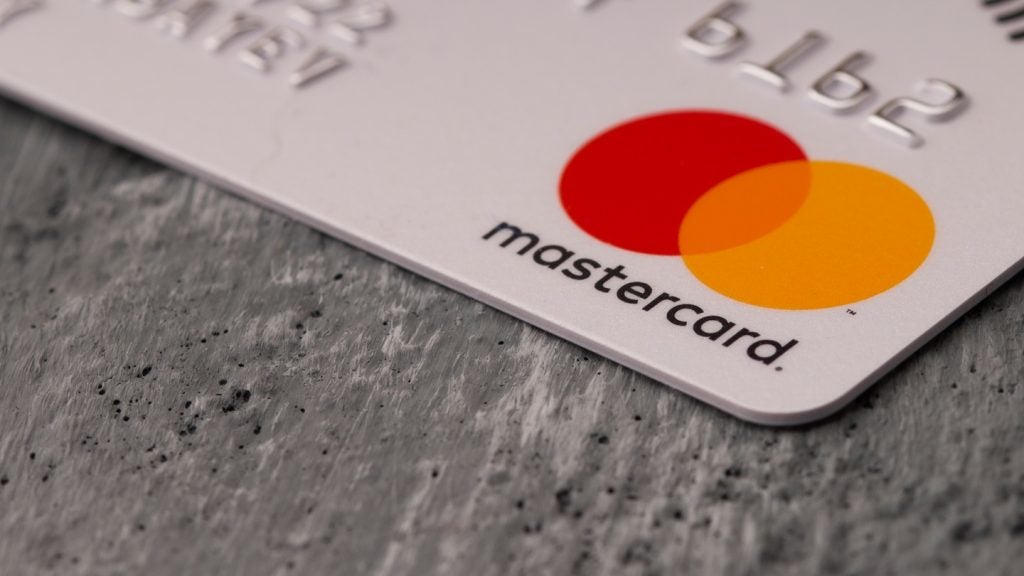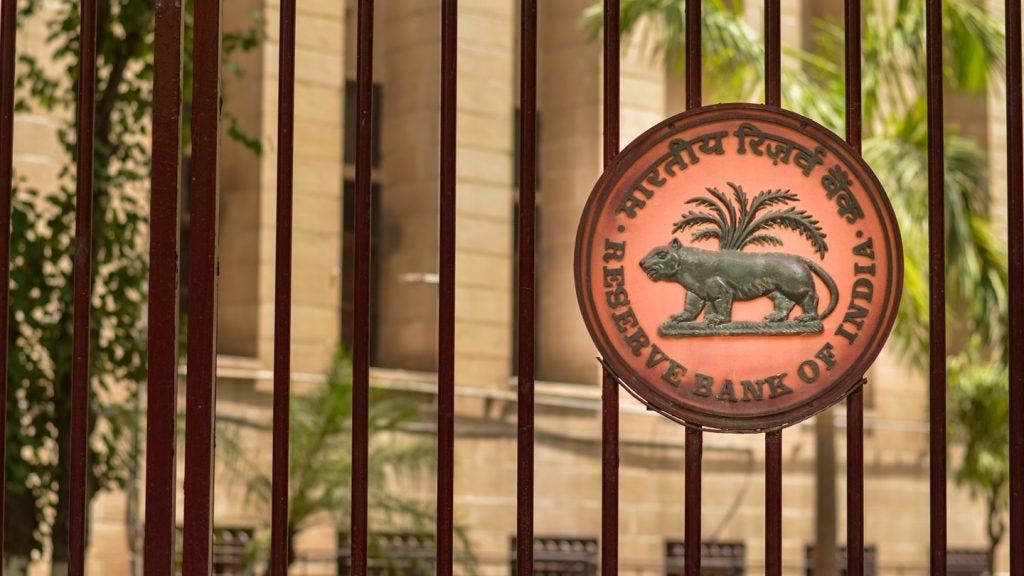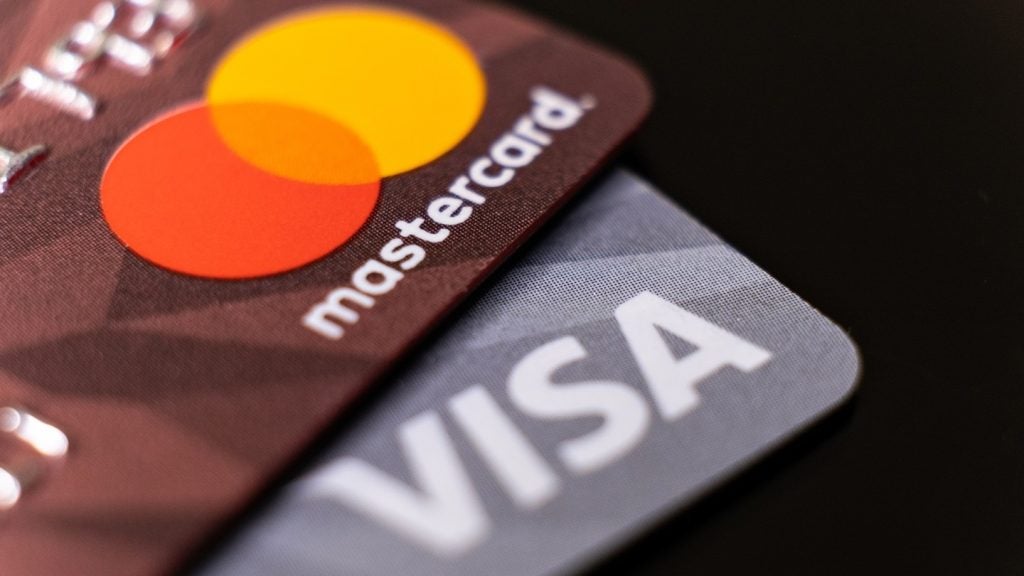progress
India has been a late starter in adopting electronic payments as an
alternative to cash and cheques. But it is catching up rapidly,
thanks to extensive developments during the past few years,
including the introduction of real-time gross settlements. The next
big challenge is winning over the consumer.

Access deeper industry intelligence
Experience unmatched clarity with a single platform that combines unique data, AI, and human expertise.
India’s economy ranks as the world’s fourth largest, according to
the US Central Intelligence Agency, which estimated the country’s
GDP at $4.16 trillion in 2006 based on purchasing power parity, a
measure that takes into account price differentials between
countries. India’s economic growth has set a cracking pace: its GDP
registered a CAGR of almost 6 percent over the past decade and
reached a new record for the country of 9.4 percent in the fiscal
year to 31 March 2007.
Despite robust economic growth, development of electronic payments
in India has lagged and as recently as 2004 the country did not
rank among the world’s top 15 countries in terms of electronic
payment trading volumes, according to a study by payments software
developer ACI Worldwide (ACIW).
The reason is, quite simply, that cash has always been and remains
by far the most dominant payment method in India. Indeed, it was
only in the 1980s that the use of cheques began to gain in
popularity following the introduction magnetic image character
recognition to facilitate automated cheque processing.
Early steps

US Tariffs are shifting - will you react or anticipate?
Don’t let policy changes catch you off guard. Stay proactive with real-time data and expert analysis.
By GlobalDataIndia was a late starter in the development of its electronic
payments system, taking the first significant step towards its
development in June 2000 with the adoption by India’s parliament of
the Information Technology Act 2000 (IT Act). The IT Act, among
other things, formalised the use of digital signatures and included
an amendment to the law governing the Reserve Bank of India (RBI)
which empowered the RBI to regulate electronic funds transfer among
banks and financial institutions.
The next big step followed in 2001 when the RBI launched its
electronic clearing system (ECS) and electronic funds transfer
(EFT) system. ECS is India’s automated clearing house, and was
introduced to facilitate bulk electronic payments and, according to
the RBI, consists of a credit component used primarily for
functions such as payments of dividends to investors and payment of
salaries to employees, and a debit component used primarily by
utilities for collection of payments from customers.
The EFT system facilitates single payments but is limited in that
it is confined to the 15 cities where RBI provides the facility. A
far more effective solution, the RBI national electronic funds
transfer (NEFT) system, was introduced in 2005. This move followed
the RBI’s introduction in March 2004 of its real-time gross
settlement (RTGS) system, which facilitates inter-bank and higher
value customer payments.
NEFT, a message-based funds transfer system, is centralised, with
all participating banks linked to RBI’s Mumbai facility, thus
opening the door to full national coverage of inter-bank low-value
transfers. In general, NEFT is used for small-value payments of up
to INR100,000 ($2,530) with settlement clearing batches undertaken
by the RBI every day. Normally, payment message reach the payee’s
bank within 30 minutes after the batch time. Messaging in India is
undertaken via the structured financial messaging solution, a
communication protocol provided by the RBI for intra-bank and
inter-bank messages within India.
RBI target
According to the RBI, there were about 28,00 branches of 67 banks
in 3,000 centres in India connected to NEFT as at 31 March 2007. By
November 2007, the number of branches connected to NEFT was
approaching 33,000. The RBI’s target is to initially incorporate
all branches into its RTGS and then further expand NEFT to all
computerised bank branches in the country. The RBI also envisages
extending NEFT to non-computerised rural branches. This will entail
transactions being routed to the nearest NEFT branch, and the last
mile covered manually.
Statements issued by the RBI indicate that the existing EFT mode of
payment will not be discontinued until branches of all banks are
incorporated into the NEFT/RTGS network. However, the RBI has left
no doubt that it is working vigorously towards the goal of a
national adoption of NEFT/RTGS and adoption of electronic payments
in the broadest sense. Notably, in 2005 the RBI established a
separate unit focused on that goal, the Department for Payment and
Settlement Systems. The next move being mooted is the establishment
of the National Payment Corporation of India (NPCI) a private
company independent of the RBI. Formation of the NPCI has, however,
come up against stiff opposition in certain political
quarters.
Whatever the outcome of the NPCI debate, the RBI’s initiatives are
already resulting in significant growth in the adoption of
electronic payments. For example, the volume of ECS payments
increased from 28.2 million in the fiscal year to March 2003 to
144.2 million in the 2006-2007 fiscal year, a CAGR of 72.3 percent.
The value of payments during the period increased from INR124.8
billion to INR1.087 trillion, a CAGR of 105.7 percent. Notably,
growth was led by debits, which grew from INR102.8 billion to
INR832.7 billion during the period.
The growth being achieved by electronic payments puts India in the
international top league, ranking second behind China, according to
ACIW. Between 2004 and 2009, ACIW estimates, growth in electronic
payments in India will have sustained a CAGR of 26.1 percent
compared with 31.6 percent in China. ACIW estimates that the world
average during the period will be 12.9 percent.

Cash and cheques still dominate
However, despite impressive growth numbers coming out of India’s
electronic payments sector, cash and cheques continue to hold sway
in the overall payments environment. According to the RBI, in the
year to March 2007 cheques still accounted for more than 80 percent
of the value and volume of non-cash transactions. Cash accounted
for about 90 percent of all transactions.
The cheque is likely to remain a key component of the India
payments system for a considerable period. Indeed, cheque volumes
are still growing and currently amount to about 1.1 billion per
annum, up from about 750 million in 1997. According to the RBI, the
growth rate in the volume of cheques remained high in the 2006-2007
fiscal year at 6.5 percent, although this was down from 14.1
percent in 2005-2006.
Despite the dominance of cheques and cash, cards are starting to
come into their own. Again, India was a late starter in the
adoption of cards and as recently as March 2004 there were only
18.1 million debit cards and 10.1 million credit cards in use,
according to the RBI.
In part, India’s cash culture and a lack of electronic
payments infrastructure hindered the adoption of cards. For
example, according to payments hardware vendor NCR, there were only
500 ATMs in India in 1998. This situation is changing rapidly, and
by 2004 the number had reached 4,500; at present, there are about
25,000. The number of electronic POS terminals has also increased
significantly, from about 40,000 in March 2002 to about 300,000 in
March 2006.
Improved infrastructure and what the RBI terms “the increase in
consumer culture” have led to a rapid growth in card use, and by
March 2007 the number of debit cards had risen to 70.3 million and
that of credit cards to 22.1 million. In transaction value terms,
credit cards are the most significant, accounting for INR513.6
billion in the year to March 2007, 84 percent of all card
transactions.
All card-based transactions are settled via the payment networks of
either Visa or MasterCard. However, reports in the Indian media
suggest that India’s banking industry could well establish its own
card payment system to challenge the dominance of Visa and
MasterCard. Notably, the RBI, critical of the level of interchange
fees, said in a recent review of the payments market that they
serve as a disincentive for merchants to encourage payments by
credit cards, particularly for large-ticket items. Debit cards are
used primarily for cash withdrawals at ATMs.

Countering the popularity of cheques
But interchange fees are not the only disincentive for adoption of
electronic payments in India. There are many other challenges to be
overcome, stressed the RBI in its review, one of the most important
being the dominance of cheque as a payment instrument. Popularity
of cheques can be attributed to the cost advantage for customers
vis-à-vis the existing electronic payment instruments, as well as
the convenience of using a cheque as compared to making an
electronic payment, said the RBI.
Popularity of cheques is entrenched by the fact that their
processing costs are borne by banks. This was the focus of
proposals put forward by an RBI study group in early 2007 for
disincentives to be imposed on the use of cheques. The key
disincentive would be a processing charge on all paper cheques to
be borne by the customer. In addition, electronic funds transfers
would be made free for three years and charges thereafter be held
at levels below paper modes.
However, despite it own seeming enthusiasm for encouraging
alternative electronic payments, the RBI’s response to the study
group’s proposal was negative. “To wish away cheques is simply not
possible,” said the RBI. The RBI added that it had rejected two
similar proposals made in the past.
For now, the RBI is focused on making the cheque processing system
more efficient, a development made possible by an amendment to the
Negotiable Instruments Act in 2002. This amended the definition of
a cheque to include electronic cheques and the electronic images of
truncated cheques. A cheque truncation system for which a pilot
project has been implemented by member banks of the New Delhi
Bankers Clearing House is scheduled to become operational by the
end of 2007.
Fortunately, despite the RBI’s streamlining of the cheque
processing system, innovation is not being stifled in the
electronic payments environment. Among the most promising is the
use of the mobile phone to facilitate payments in a country, where
according to the Telecom Regulatory Authority of India, the number
of mobile devices stood at 208 million as at 30 September 2007, up
47 percent compared with a year earlier.
Among key players driving mobile payments is PayMate India,
launched in July 2006 in collaboration with US financial services
groups Citibank and Euronet. PayMate uses short message service
(SMS) technology to execute debit or credit card based payments and
is accepted by 3,000 merchants in India. Debit and credit cards can
be used. In December this year, PayMate announced that it is to
enter the US market where focus will be on the unbanked sector
and
International remittances.
Other players are following close on PayMate’s heels. Among them
are US mobile technology vendor Obopay, which has already gained a
number of high-profile users of its platform in the US, including
Citi Cards, a unit of financial services company Citigroup, and
Verizon Wireless, the largest wireless data provider in the
US.
In October 2007 Visa entered the fray when it began public trials
of its Visa Money Transfer (VMT) service adapted for use via mobile
phones. The VMT service is already used in India for ATM and
internet card-to-card transactions. For the mobile payments trial,
software for mobile handsets and the link to Visa’s global
transaction processing network are provided by mChek, a Cayman
Islands-based technology developer with an operating unit in
India.
MChek was also been instrumental in bringing payment of life
insurance premiums via mobile phone. The SMS-based service offered
by ICICI Prudential Life Insurance was launched in December 2007
and is initially available only to customers of mobile carrier
Airtel.
Internet banking has also gained a foothold in India, but still a
relatively small one. According to industry body the Internet and
Mobile Association of India (IMAI), the total number of internet
users in India stood at 46 million in September 2007, up from 32.2
million a year earlier, when only 4.6 million were active online
bankers.
Online commerce is also in a formative stage. According to the
IMAI, online transactions involving goods and services in the year
to March 2007 totalled INR70.8 billion, up 30 percent compared with
the year-ago period. This was a fraction of electronic
transactions, which totalled more than INR2.5 trillion. In the year
to March 2008, the IMAI forecasts, online transactions will again
increase by 30 percent, to INR92 billion.
It is clear the foundation of a thriving electronic payments market
is in place. However, the RBI believes that a lack of adequate
awareness is inhibiting the growth of electronic payments. To
overcome this, the RBI is encouraging banks to undertake campaigns
to promote electronic payments. The campaigns, stressed the RBI,
should target bank staff as well as customers.






